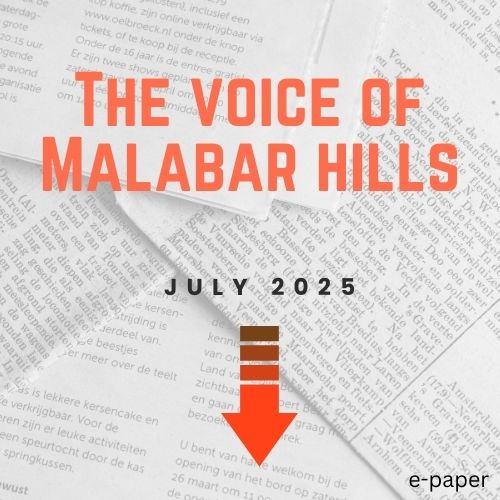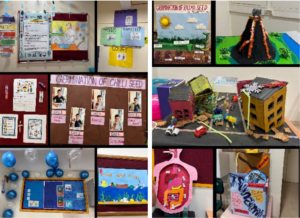Thank God that the Hills had some residents who felt the need to help those not as fortunate as themselves. In the early twentieth century, as the hillsides witnessed development for the rich, a few had the desire to put out their hands for others.
SevaSadan
Two men with heartssought to emancipate destitute Hindu widows. They advocated protection of the rights of Hindu women and established a great institution at Gamdevi. They wereBehramjiMerwanjiMalabari (1853-1912) and Divan DayaramGidumal (1857-1927). In 1908 they founded the ‘SevaSadan Society to protect, educate & empower underprivileged girls and women’.
BehramjiMerwanjiMalabari, was born in Baroda, the son of a poor Parsi employed in the British colonial government. His father died when he was just six/seven years old, and so hismother took him to Surat, where he was educated in an Irish Prebysterian mission school. However, she too breathed her last soon and the young lad was adopted by a childless drugstore owner who traded in sandalwood and spices from the Malabar Coast. Thus was acquired the surname of ‘Malabari’.
He first published poems in Gujerati and subsequently drew international attention with his English work entitled ‘The Indian Muse in English Garb’.He relocated to Mumbai and started a movement for social reform against Hindu practices of child marriages and not allowing remarriage of widows. He wrote ‘Notes on Infant Marriage and Enforced Widowhood’. He demanded legislature to preventthese, and the discussion that followed occupied the press for seven long years.

Dayaram Gidumal, was born in Hyderabad, Sind and was among the Sind’s first graduates. His got his Lawdegree from Bombay University and joined government service. He was nominated as Judicial Commissioner of Sind, given the title of ‘Divan’, but refused to become a high court judge and resigned. He moved to Bombay thereafter.
During his service he started social reforms and founded educational institutes, namely ‘Sindh Sabha’ and ‘D.J. Science College’ in Karachi. He launched ‘The Sindh Times’ and joined Malabari to setup SevaSadan at Gamdevi.
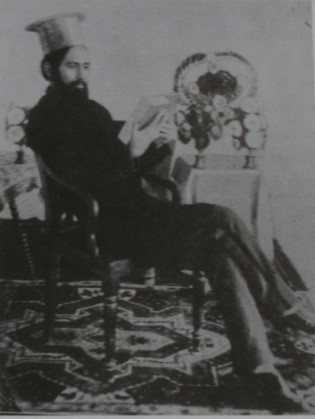
The two visionaries worked towards empowerment of women, and were able to get financial support from the Maharajas of Gwalior, Patiala and Bikaner.
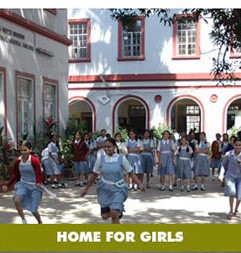
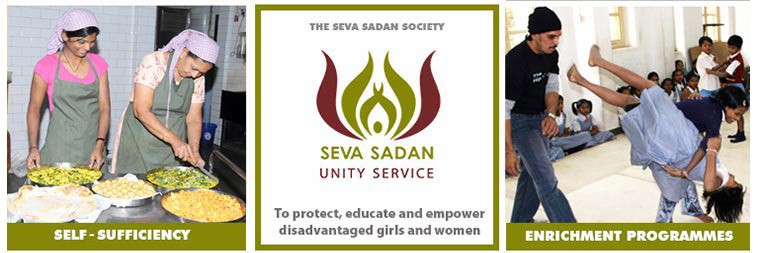
SevaSadan is a Not for Profit organisation registered under the Societies Act, 1860 and the Bombay Public Trust Act, 1950. Its vision is to promote overall development of the disadvantaged girl child, by providing the latest educational and vocational training.Its objectives are to provide shelter and work towards self-suffiency and economic women.independence of The Currimbhoy Ebrahim Khoja Orphanage (Baug-e-Karim) Sir (Fazalbhoy) Currimbhoy Ebrahim set up this institution in 1894 on Altamount Road for the welfare of poor orphans from the Khoja Muslim community.
Sir Fazalbhoy Currimbhoy Ebrahim (1839-1924) inherited trading interests as far as the Arabian Peninsula, the African coast & Canton. Gujerati Muslims based in Bombay had long monopolised India’s overseas merchandising in opium trade before the Opium War. He multiplied his inheritance several fold by setting up E. Pabaney & Co. in Hong Kong, and trading in silks. He then turned to manufacturing textiles by purchasing a group of defunct mills, and naming them ‘Currimbhoy Mills’. This made him the second largest mill-owner in the country, and the distinction of being one of the leading industrialists of Bombay. Living in ‘Pabaney Villa’ on Warden Road, he was a Freemason of the Bombay Lodge and was elected President of the Indian Merchants’ Chamber in 1914.
Sir Currimbhoy was created a baronet of Great Britain and Ireland in 1910 and granted lands to support that dignity by the ‘Currimbhoy Ebrahim Baronetcy Act 1913’. This Act was later Repealed & properties distributed by a State Act in 1959.
Fortunately the creation of wealth was not his only aim. He contributed large sums of money for building the Museum (Rs 3 lakh), and the complex of the Cowasji Jehangir Hall and the Institute of Science along with Sir Jacob Sassoon (Rs.11 lakh out of total cost of Rs.19 lakh).
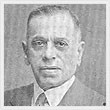
‘Baug-e-Karim’ Orphanage
Noting the plight of Khoja orphans in the city, he desired to build a home for them. A home where they would receive shelter and food for their bodies and minds. Being an Ismaili Khoja he had innumerable friends following various religions. One of these was Maharaja Madhavrao Scindia of Gwalior, one of the most generous princes. Scindia donated a large parcel of land extending from Altamount Road down to Pedder Road to establish this orphanage.
B.D. Petit Parsee General Hospital
Charity in the 19th century by one of small communities in the world reached its zenith. It witnessed the establishment of the Convocation Hall for the University of Bombay, the J.J. Hospital, the Mahim Causeway and many more.These were for all citizens regardless of their religion or class. The ravages of the bubonic plague in the early 20th century suddenly woke up the need to preserve and to provide healthcare services for their own community.Thus was borne the idea of establishing a general hospital only for Parsees.
Jehangir Bomanjee Petit (1879 – 1946) was the eldest son of a mill owner and served as the Chairman of Bombay Mill Owners Association. He was alsoa noted nationalist and one of the first supporters of Mahatma Gandhi.
He mooted the idea of building a hospital for his fast dwindling community and persuaded his father, Bomanji D. Petit to donate the immovable property of ‘Cumballa Hotel’, at the junction of the two hills, to build this magnificent institution. He then appealed to other Parsees in the city to contribute as much as they could. The hospital is named after his father, but another noted institution for all, ‘The J. B. Petit High School for Girls’ recognises his efforts.
B.D. Petit Parsee General Hospital
Mr. Bomanji Petit also gave securities as the first contribution to the Parsee Panchayet, expressing his desire to create a trust expressly for creation of this institution and with them as the trustees. The foundation stone was laid in 1907 and the Hospital opened on 27th March 1912 after rules were formulated for its management and control under the Societies Registration Act 1860.
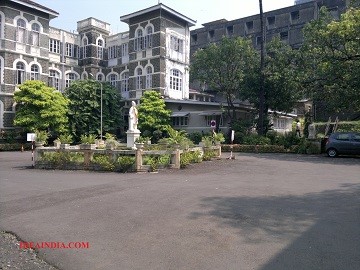
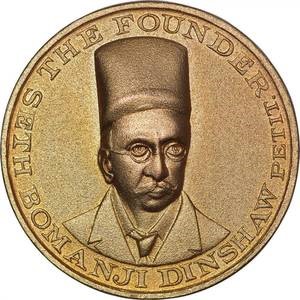
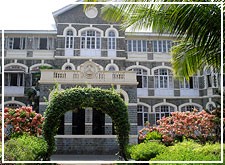
For over a hundred years this hospital has offered medical relief in various specialities. A true service to the small community, which all are most grateful for are. History has forgotten these founders of great institutions, but their dreams live on. Two continue to do yeomen service. The SevaSadan has expanded its activities, offering vocational training to ensure self-sufficiency to women. The Parsee General Hospital, with kind funding from a single Parsee donor, is now adding a new building on its premises to make available its services to all communities. Unfortunately the Currimbhoy Orphanage has been wiped off the map of Mumbai and its place take by monstrosities of cement and glass. Citizens of the Hills must laud the philanthropists and support the two great institutions that continue into the 21st Century
Anita Garware , Chairperson, INDIAN HERITAGE SOCIETY-MUMBAI, Resident of Malabar Hill

